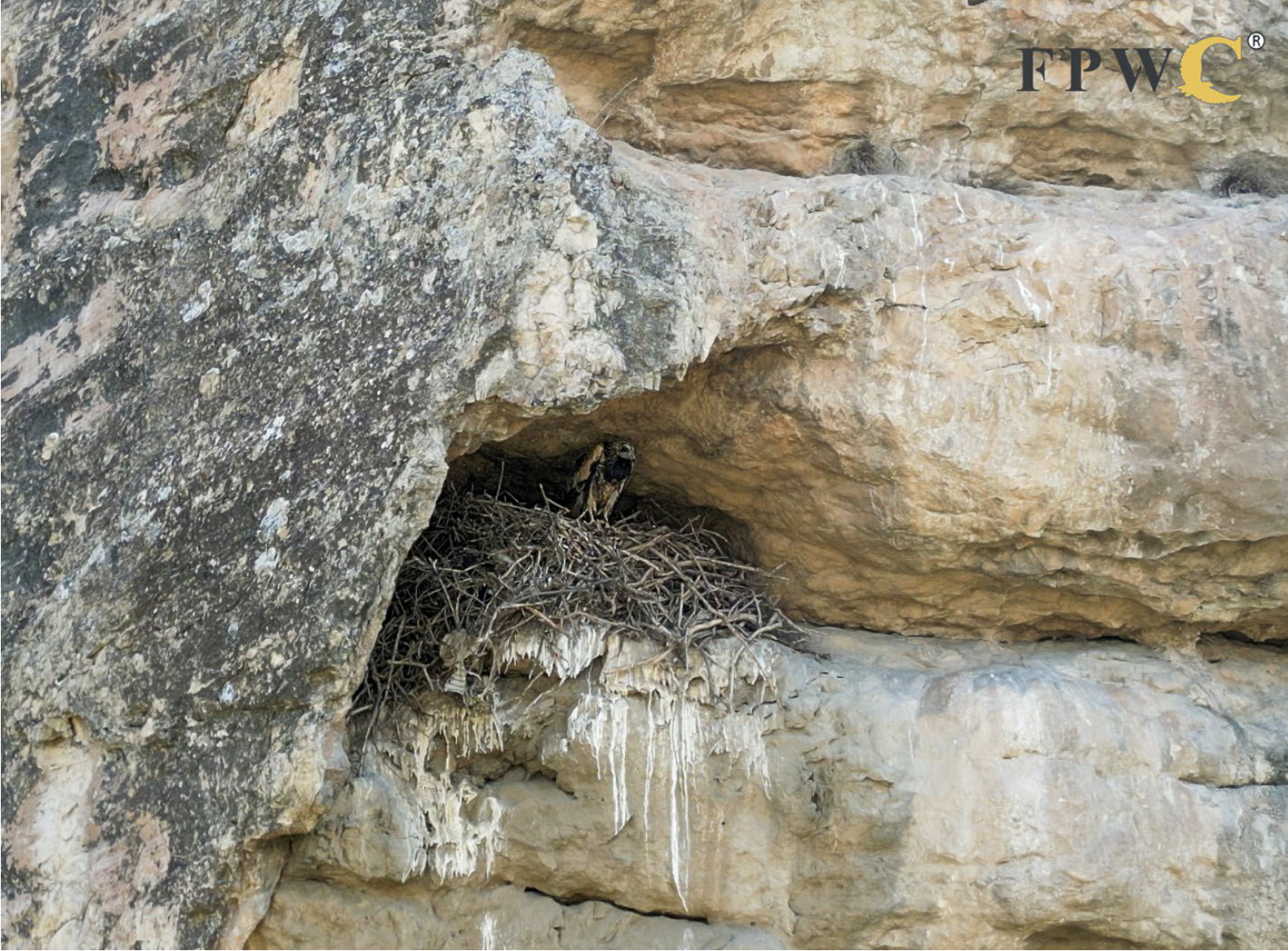
Published on 05/08/2024
The Egyptian vulture (Neophron percnopterus), a symbol of the natural heritage in many regions, is currently endangered both nationally and internationally. In some parts of its breeding range, it faces the grim prospect of extinction. In Armenia, the species is experiencing a notable decline due to habitat degradation and loss, human disturbance, direct persecution, pesticide use in agricultural fields, and a lack of available food sources.
In response to this pressing issue, the Foundation for the Preservation of Wildlife and Cultural Assets (FPWC), with support from BirdLife International under the RENATE II project, initiated a critical monitoring project. Collaborating with BirdLife partner organizations in Bulgaria (Bulgarian Society for the Protection of Birds - BSPB) and Georgia (Society for Nature Conservation - SABUKO), the aim was twofold: to survey the Egyptian vulture population in the Yeghegis Valley and adjacent areas, and to support capacity development among the participating organizations.
The survey was conducted in late July, a strategic period when Egyptian vulture pairs are actively feeding their juveniles and remain closely tied to their breeding sites. Utilizing both viewpoint and transect observations, the team endeavored to spot Egyptian vultures, assess potential nesting areas, and identify active nests. The primary focus was on the Yeghegis Valley, a key area within the RENATE site. Despite time constraints, the team also managed to survey the Noravank Important Bird Area (IBA) and its surrounding regions.
Over the course of five intensive field days, the team located approximately 30 nests, including Egyptian vulture nests. The survey indicated that while the population is under threat, there are still breeding pairs contributing to the species' continuity.
In addition to the Egyptian vultures, the team identified nests and sightings of other notable species. These included the Bearded vulture (Gypaetus barbatus), Golden eagle (Aquila chrysaetos), Steppe buzzard (Buteo buteo vulpinus), Long-legged buzzard (Buteo rufinus), Peregrine falcon (Falco peregrinus), Eurasian eagle owl (Bubo bubo), and Raven (Corvus corax). The presence of these species highlights the ecological richness of the region and underscores the importance of its conservation.
This survey marks a significant step in understanding the current status of the Egyptian vulture population in Armenia. The data gathered will be instrumental in shaping future conservation strategies aimed at protecting this endangered species. FPWC is dedicated to continuing its efforts in wildlife preservation, working alongside international and regional partners to safeguard Armenia's unique biodiversity.
By raising awareness and fostering collaboration, we hope to create a sustainable environment where the Egyptian vulture and other threatened species can thrive for generations to come.